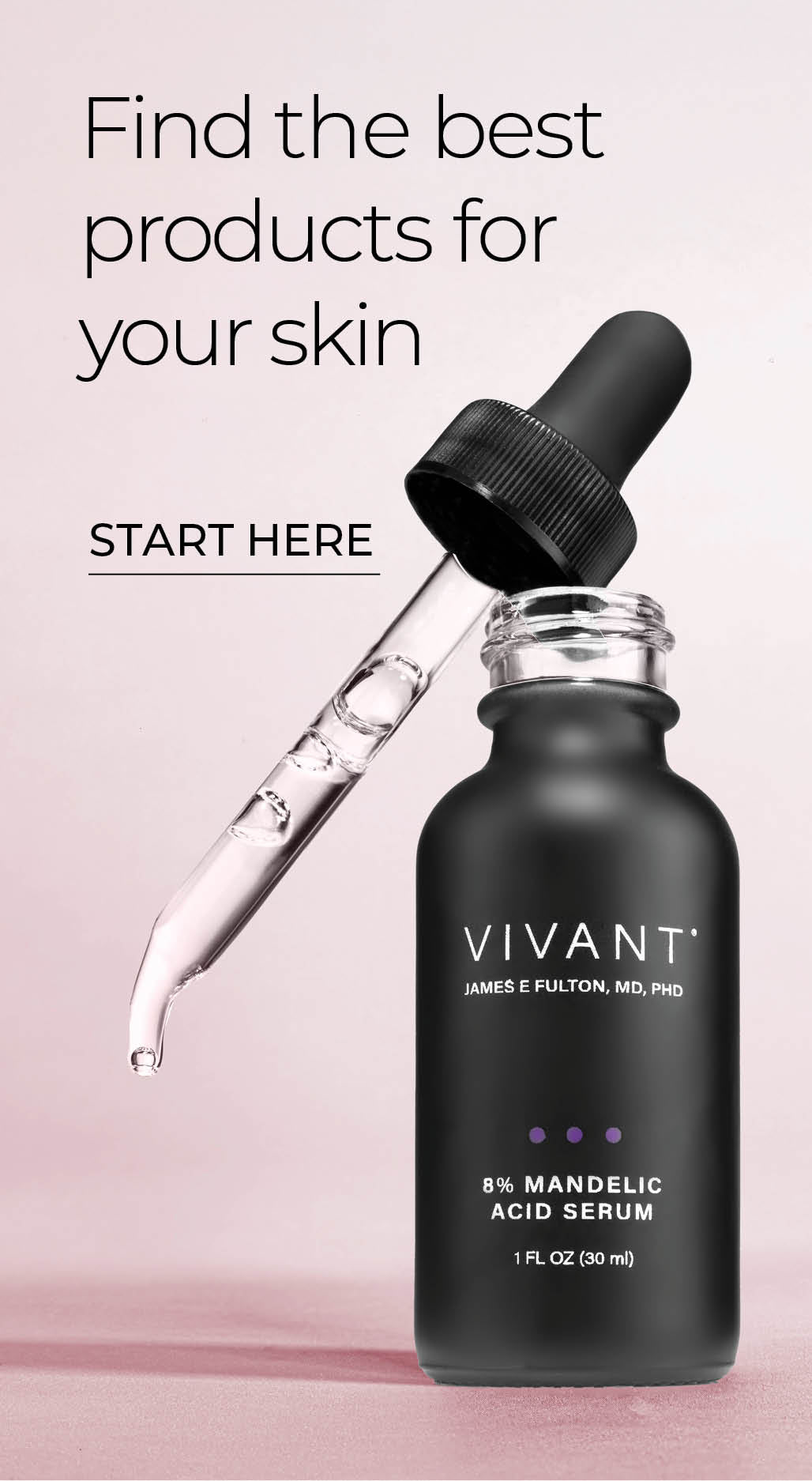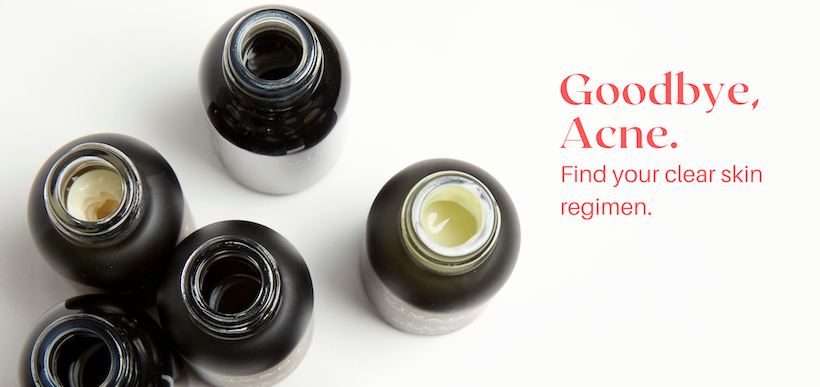The Best Of The Brighteners: Our Top Ingredients For Taking On Discoloration

We’re all in search of the perfect tone, a flawless, spot free, luminous, #NoFilter complexion. Whether your issue is age spots, melasma, hyperpigmentation, acne scars or just general dullness and inconsistent tone, there are a number of ingredients that promise to lighten, brighten and even tone, but how do you know which is right for you? Here’s our guide to the best of the brighteners.
Mandelic Acid
A relative newcomer in the field, this alpha hydroxy acid derived from almonds has proven itself in test after test as a high-performance, multi-tasker that targets discoloration, acne, and photo-aging with great results and minimal irritation. It helps lift existing pigment through micro-exfoliation, while also suppressing the formation of new melanocytes. Antioxidant, anti-fungal, antibacterial and melanin-suppressing, mandelic is actually a stronger acid than glycolic, but its larger molecular structure means it’s absorbed more slowly into the skin, which makes it less irritating. This is a good thing because irritation causes inflammation, which in turn, stimulates melanin production. Since skin with more melanin is more prone to this sort of post-inflammatory hyperpigmentation, mandelic acid is the best choice for darker skin tones.
Ideal for: Dark, Asian, Latin, sensitive skin or pregnant women.
Kojic Acid
Kojic acid is second only to hydroquinone in its ability to lighten skin. It’s a natural skin lightening compound derived from mushrooms. It works by blocking the melanin synthesizing enzyme tyorosinase. An alpha hydroxy acid, it also helps exfoliate skin and stimulate cell renewal, which is beneficial for removing existing pigmentation.
Ideal for: Sensitive skin or skin allergic to hydroquinone.
Lactic Acid
The choice of royals throughout the ages, lactic acid is a gentle AHA derived from milk. It has a larger molecule, so it penetrates skin more slowly. It accelerates cell renewal, removes pigmented cells and slows melanin synthesis. It’s also a humectant, meaning it pulls moisture from the air and seals it into skin to increase suppleness.
Ideal for: Dry, sensitive, and, in low percentages, rosacea skin.
Vitamin A
Vitamin A lightens skin by accelerating cell turnover, which removes surface level pigmentation and ultimately draws pigment from deeper in the skin to the surface for exfoliation. As a bonus, vitamin A boosts collagen production, thickens and firms the skin. Essential for even, smooth, youthful skin, vitamin A is often used in combination with other AHA brighteners for maximum results.
Ideal for: All skin types.
Vitamin C
An inhibitor of melanin production, Vitamin C also boosts the body’s store of glutathione, an antioxidant that regulates tyrosinase activity. Its mildly exfoliating properties also boost cell turnover to help remove excess pigment from the skin surface. An antioxidant warrior, vitamin C provides protection from UV damage and fights the free radicals that cause photoaging and age spots. It’s also essential for the synthesis of collagen. Vitamin C should be on everyone’s list for brighter, healthier skin.
Ideal for: All skin types.
All of these agents can be effective on their own, or in combination. Vivant formulations harness the synergy of these ingredients pairing multiples for maximum results. See our full collection of treatment options for uneven tone here.


Comments
Great information! Very useful education for comparing the features and benefits of lightening agents. Thank you ?